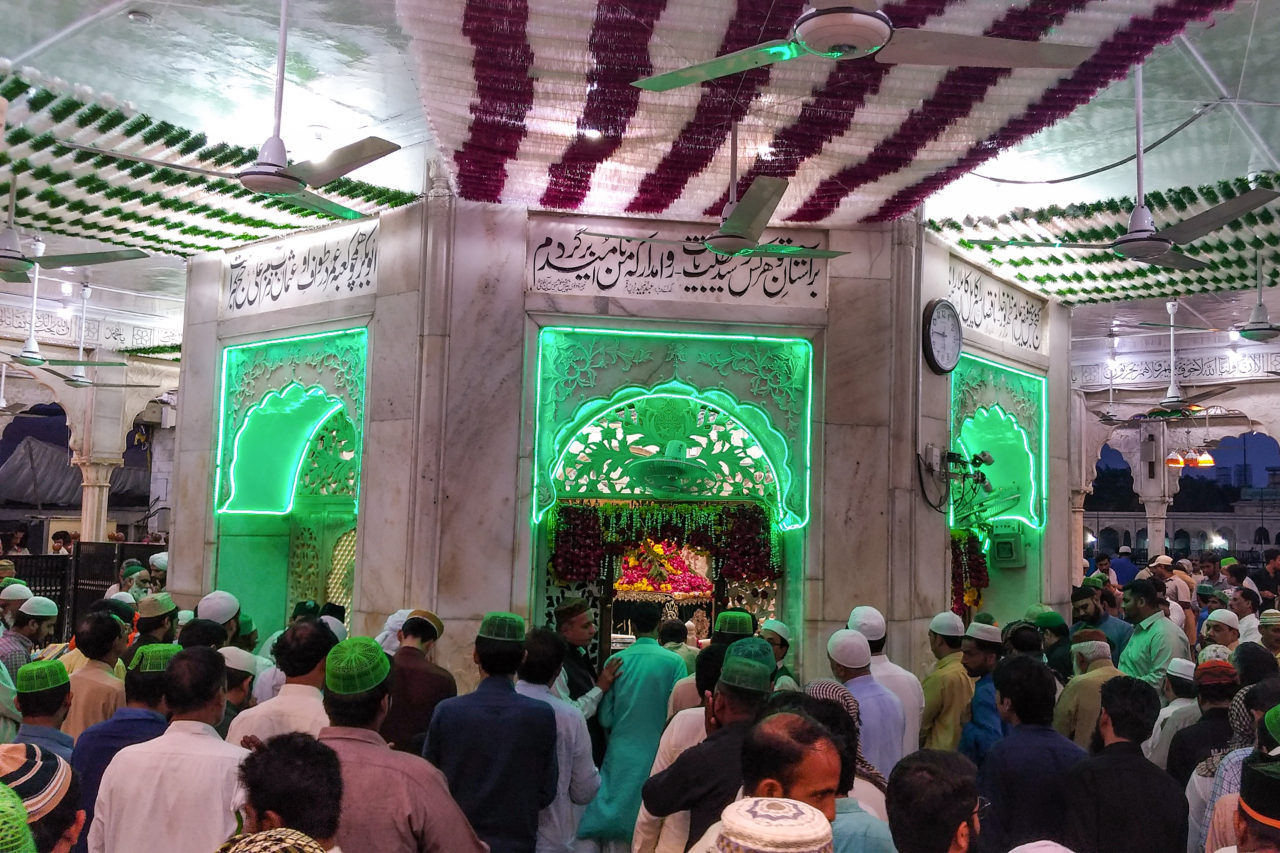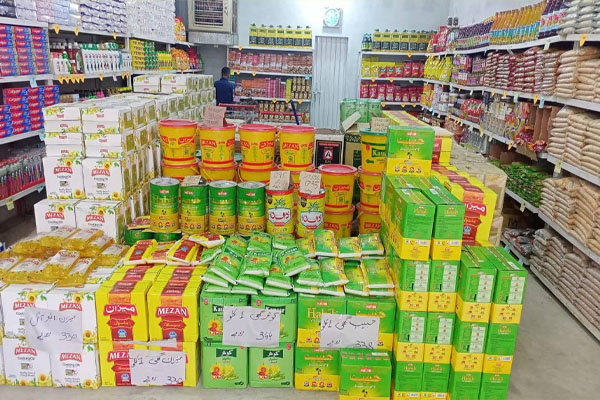sarbakaf
Siasat.pk - Blogger
http://uruknet.info/index.php?p=m63911&hd=&size=1&l=e" onclick="window.open(this.href);return false;" onclick="window.open(this.href);return false;
March 5, 2010
Petitioners request that the Government of Switzerland, in its capacity as depository of the Fourth Geneva Convention, consider this issue in the context of resuming the High Contracting Parties Conference to the Fourth Geneva Convention.
Please sign this important Petition and pass it on to others to prevent Israel from continuing its ethnic cleansing not only of the living but also of the dead in a drive cloaked with a 'tolerance' approach. The zionists have not run out of ideas to lie, to cheat and to stealand in broad daylight.
http://www.mamillacampaign.org/" onclick="window.open(this.href);return false;" onclick="window.open(this.href);return false;
Antoine Raffoul
Coordinator
1948: LEST WE FORGET
http://www.1948.org.uk" onclick="window.open(this.href);return false;" onclick="window.open(this.href);return false;
A. THE MAMILLA CEMETERY: ITS HISTORY AND IMPORTANCE
The Petitioners are individuals whose human rights have been violated by the destruction and desecration of an ancient Muslim cemetery, the Maman Allah (Mamilla) cemetery in Jerusalem, by the government of Israel working in conjunction with the Simon Wiesenthal Center ("SWC") of Los Angeles, California, USA.1 Petitioners also include human rights non-governmental organizations concerned about this desecration. A significant portion of the cemetery is being destroyed and hundreds of human remains are being desecrated so that SWC can build a facility to be called the "Center for Human Dignity Museum of Tolerance" on this sacred Muslim site.
The Mamilla cemetery has been a Muslim burial ground since the 7th century, when companions of the Prophet Muhammad were reputedly buried there. Before that, it was the site of a Byzantine church and cemetery.2 It is well attested as housing the remains of soldiers and officials of the Muslim ruler Saladin from the 12th century, as well as generations of important Jerusalem families and notables.3 The cemetery grounds also contain numerous monuments, structures, and gravestones attesting to its hallowed history, including the ancient Mamilla Pool, which dates back to the Herodian period, or the 1st century B.C. Since 1860, the cemetery has been clearly demarcated by stone walls and a road surrounding its 134.5 dunums (about 33 acres).4 The antiquity of the cemetery was confirmed by the Chief Excavator assigned to excavate the Museum site by the Israeli Antiquities Authority (IAA), who reported that over 400 graves containing human remains buried according to Muslim traditions were exhumed or exposed during excavations on the Museum site, many dating to the 12th century. His estimation that at least two thousand additional graves remain under the Museum site in 4 layers, the lowest dating to the 11th century, also verifies the antiquity and importance of the cemetery.5
The Mamilla cemeterys significance was recognized by successive authorities. It was declared an historical site during the British Mandate by the Supreme Muslim Council in 1927, and as an antiquities site by the British in 1944.6 It continued in active use as a burial ground throughout the Mandatory era. In 1948, soon after the new State of Israel seized the western part of Jerusalem, where Mamilla is located, the Jordanian government objected to any desecration of the cemetery. The Israeli Religious Affairs Ministry acknowledged in response Mamillas great importance to the Muslim community in a communiqu,stating:
[Mamilla] is considered to be one of the most prominent Muslim cemeteries, where seventy thousand Muslim warriors of Salah al-Din al-Ayubis [Saladins] armies are interred along with many Muslim scholars. Israel will always know to protect and respect this site.7
In 1986, in response to urgent protests to the United Nations Education, Scientific and Cultural Organization (UNESCO) regarding destruction of parts of the Mamilla cemetery, Israel avowed that "no project exists for the deconsecration of the site and that on the contrary the site and its tombs are to be safeguarded."8 Subsequently, the IAA itself included Mamilla on its list of "Special Antiquities Sites" in Jerusalem, and determined it to be a site of especially high value with "historical, cultural and architectural importance," on which there should be no development, and which should be rehabilitated and maintained.9
These earlier proclamations by Israeli authorities appeared to recognize the sacredness with which Muslims view their burial grounds, and the Mamilla cemetery in particular.10 Islamic jurisprudence consistently holds burial sites to be eternally sanctified, and disinterment of human remains is expressly prohibited. As with other monotheistic religions, the rites and beliefs associated with death and burial are an integral part of the religious practices and beliefs of Muslims everywhere.
March 5, 2010
Petitioners request that the Government of Switzerland, in its capacity as depository of the Fourth Geneva Convention, consider this issue in the context of resuming the High Contracting Parties Conference to the Fourth Geneva Convention.
Please sign this important Petition and pass it on to others to prevent Israel from continuing its ethnic cleansing not only of the living but also of the dead in a drive cloaked with a 'tolerance' approach. The zionists have not run out of ideas to lie, to cheat and to stealand in broad daylight.
http://www.mamillacampaign.org/" onclick="window.open(this.href);return false;" onclick="window.open(this.href);return false;
Antoine Raffoul
Coordinator
1948: LEST WE FORGET
http://www.1948.org.uk" onclick="window.open(this.href);return false;" onclick="window.open(this.href);return false;
A. THE MAMILLA CEMETERY: ITS HISTORY AND IMPORTANCE
The Petitioners are individuals whose human rights have been violated by the destruction and desecration of an ancient Muslim cemetery, the Maman Allah (Mamilla) cemetery in Jerusalem, by the government of Israel working in conjunction with the Simon Wiesenthal Center ("SWC") of Los Angeles, California, USA.1 Petitioners also include human rights non-governmental organizations concerned about this desecration. A significant portion of the cemetery is being destroyed and hundreds of human remains are being desecrated so that SWC can build a facility to be called the "Center for Human Dignity Museum of Tolerance" on this sacred Muslim site.
The Mamilla cemetery has been a Muslim burial ground since the 7th century, when companions of the Prophet Muhammad were reputedly buried there. Before that, it was the site of a Byzantine church and cemetery.2 It is well attested as housing the remains of soldiers and officials of the Muslim ruler Saladin from the 12th century, as well as generations of important Jerusalem families and notables.3 The cemetery grounds also contain numerous monuments, structures, and gravestones attesting to its hallowed history, including the ancient Mamilla Pool, which dates back to the Herodian period, or the 1st century B.C. Since 1860, the cemetery has been clearly demarcated by stone walls and a road surrounding its 134.5 dunums (about 33 acres).4 The antiquity of the cemetery was confirmed by the Chief Excavator assigned to excavate the Museum site by the Israeli Antiquities Authority (IAA), who reported that over 400 graves containing human remains buried according to Muslim traditions were exhumed or exposed during excavations on the Museum site, many dating to the 12th century. His estimation that at least two thousand additional graves remain under the Museum site in 4 layers, the lowest dating to the 11th century, also verifies the antiquity and importance of the cemetery.5
The Mamilla cemeterys significance was recognized by successive authorities. It was declared an historical site during the British Mandate by the Supreme Muslim Council in 1927, and as an antiquities site by the British in 1944.6 It continued in active use as a burial ground throughout the Mandatory era. In 1948, soon after the new State of Israel seized the western part of Jerusalem, where Mamilla is located, the Jordanian government objected to any desecration of the cemetery. The Israeli Religious Affairs Ministry acknowledged in response Mamillas great importance to the Muslim community in a communiqu,stating:
[Mamilla] is considered to be one of the most prominent Muslim cemeteries, where seventy thousand Muslim warriors of Salah al-Din al-Ayubis [Saladins] armies are interred along with many Muslim scholars. Israel will always know to protect and respect this site.7
In 1986, in response to urgent protests to the United Nations Education, Scientific and Cultural Organization (UNESCO) regarding destruction of parts of the Mamilla cemetery, Israel avowed that "no project exists for the deconsecration of the site and that on the contrary the site and its tombs are to be safeguarded."8 Subsequently, the IAA itself included Mamilla on its list of "Special Antiquities Sites" in Jerusalem, and determined it to be a site of especially high value with "historical, cultural and architectural importance," on which there should be no development, and which should be rehabilitated and maintained.9
These earlier proclamations by Israeli authorities appeared to recognize the sacredness with which Muslims view their burial grounds, and the Mamilla cemetery in particular.10 Islamic jurisprudence consistently holds burial sites to be eternally sanctified, and disinterment of human remains is expressly prohibited. As with other monotheistic religions, the rites and beliefs associated with death and burial are an integral part of the religious practices and beliefs of Muslims everywhere.



























